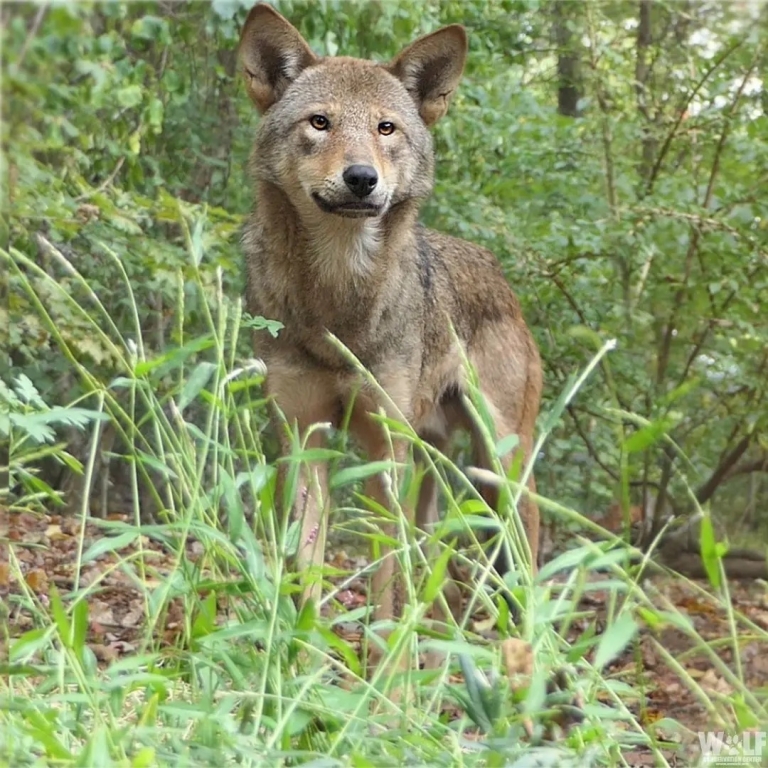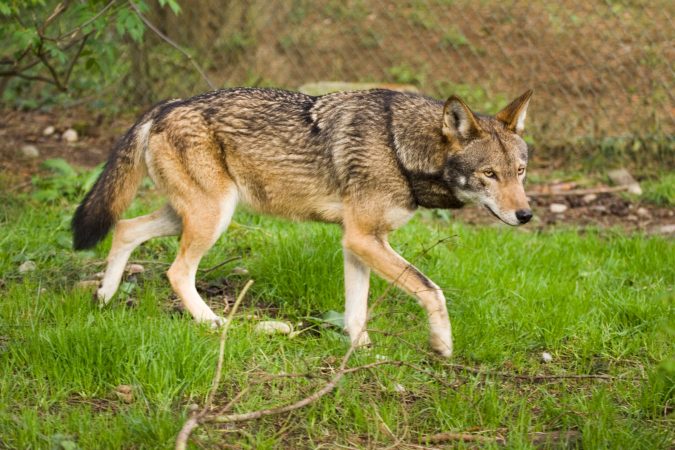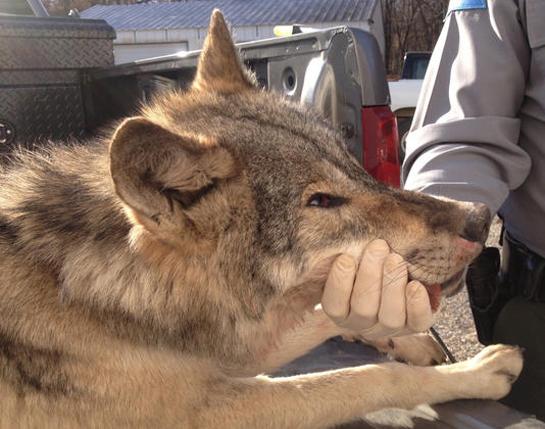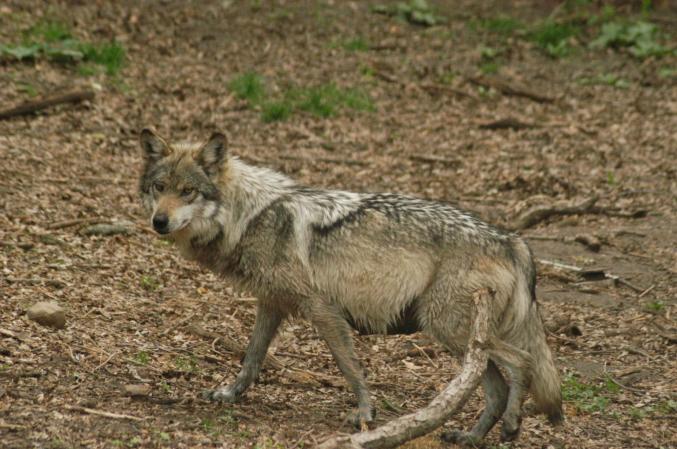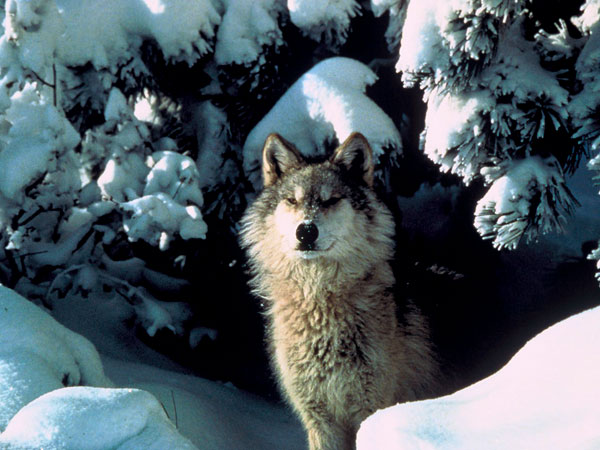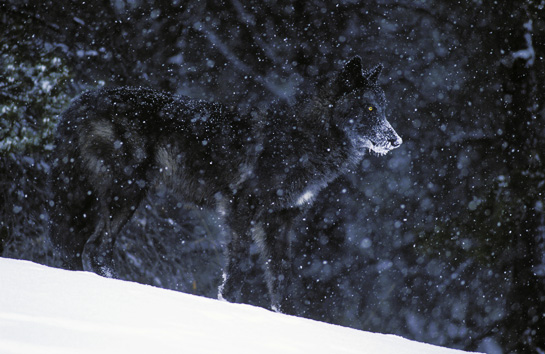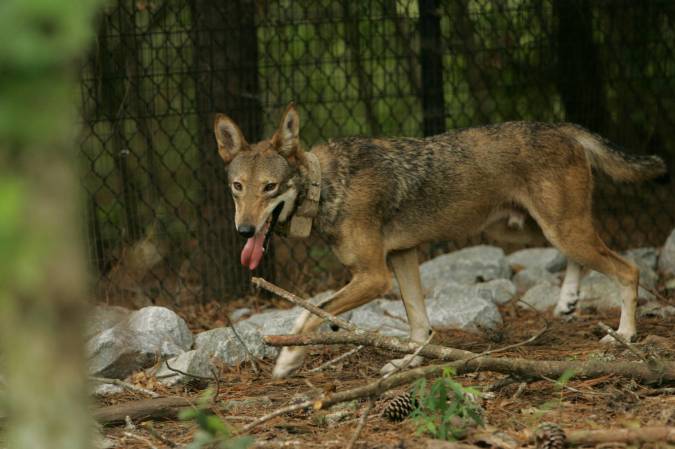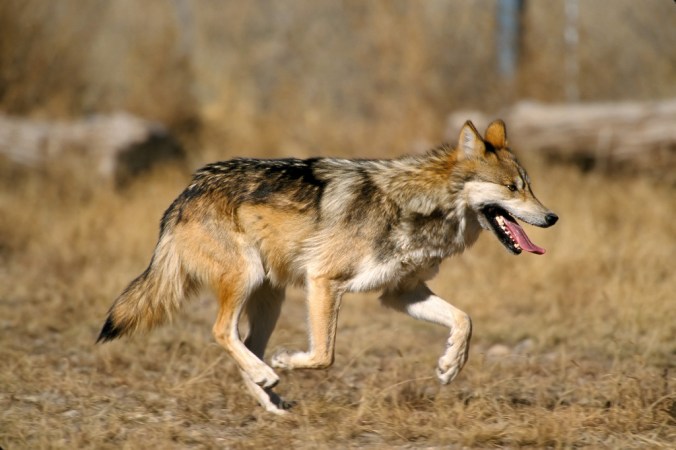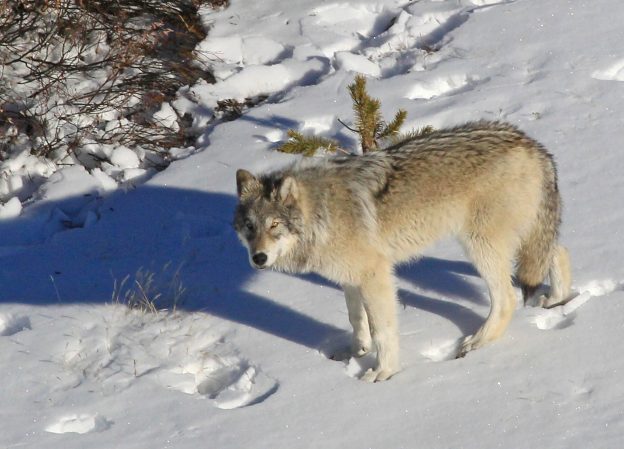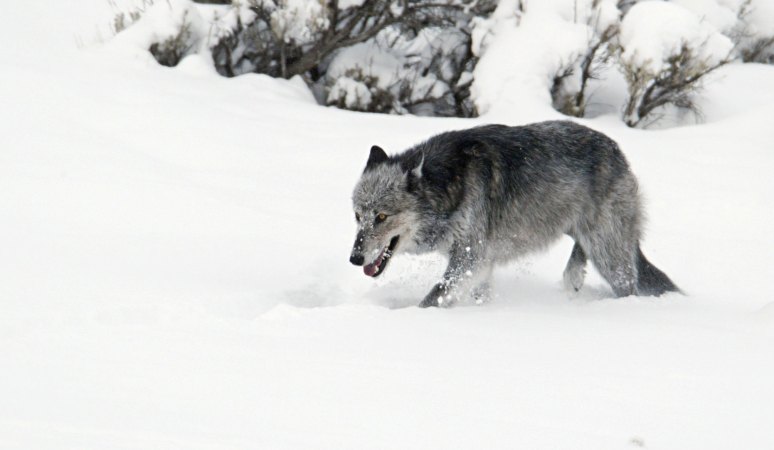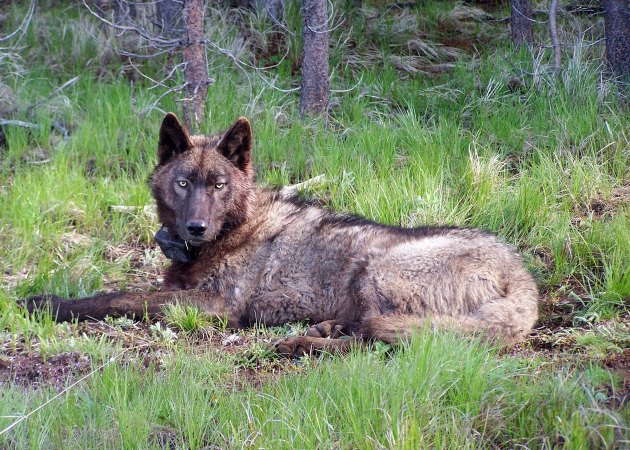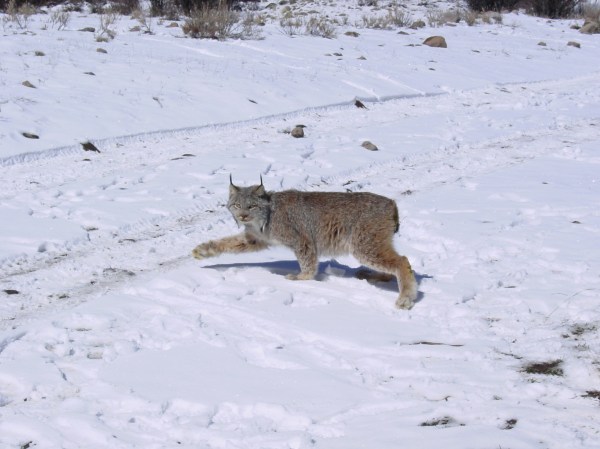In hopes of bolstering the wild red wolf population, eight animals have been released into the 1.7 million-acre “Red Wolf Recovery Area” in eastern North Carolina.
The wolves are being introduced into the wild via a “soft release” process, according to the Wolf Conservation Center. A habitat surrounded by temporary fencing was installed and animals are placed inside for a length of time providing them an acclimation period to their new environment. Fencing will be opened for the red wolves to enter an open environment after they adapt to the region.
Four adult red wolves were released, plus four pups were fostered to a female in hopes of rebuilding the world’s only wild population of the endangered species. The released animals came from breeding operations in Missouri, New York, Washington, and Ohio.
Before the release, there were seven wolves living in the wild, down from 130 in 2005-06.
The release follows years of court actions between the U.S. Fish and Wildlife Service (USFWS) and conservation groups. Finally U.S. District Judge Terrence Boyle signed an order directing the USFWS to draft a plan for releasing captive-bred red wolves into designated N.C. habitat.
Until 2015, USFWS managed the population, which had officially gone extinct in 1980. The agency released the first breeding pairs of red wolves into North Carolina in 1987. By 1992, the agency had declared the experiment a success. In 2000, there were as many as 200 living in eastern North Carolina, primarily Dare and Hyde counties — the animals’ historic range.
Yet, as the agency began dismantling the recovery program in 2015, the numbers dropped. Area landowners complained to state and federal officials that wolves were straying from their official boundaries onto their property. That same year USFWS announced that it would stop releasing red wolves from captivity into the wild while it reviewed the continued viability of the recovery program.
USFWS also began allowing private landowners to kill the wolves and ceased sterilizing coyotes. Coyotes can breed with red wolves, diluting the genetic line, and the protection of the red wolf species.

